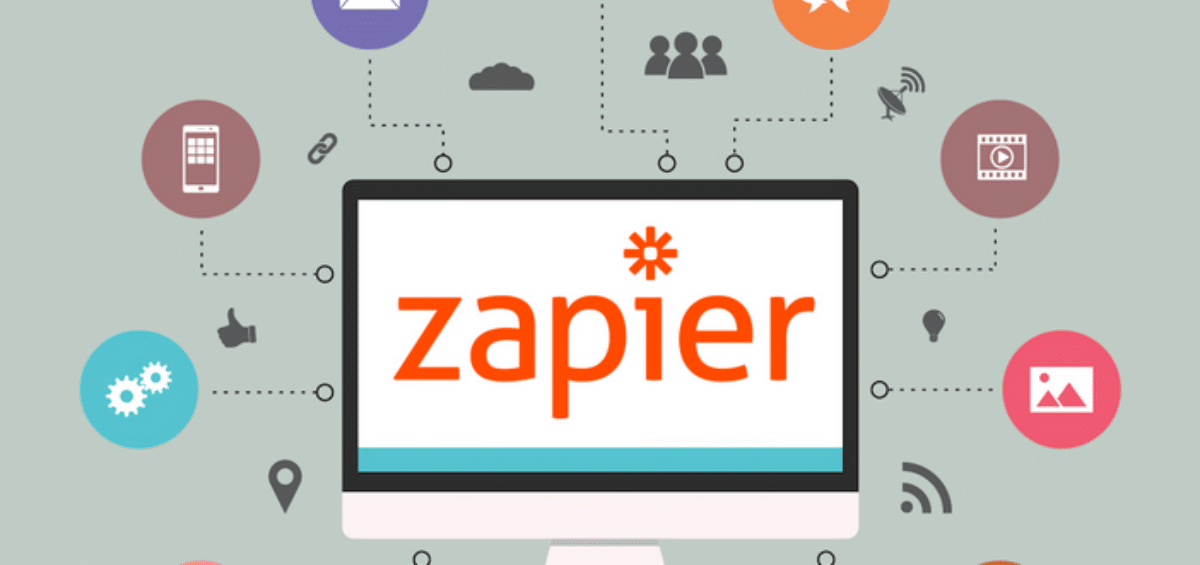Your company’s success largely depends on your ability to build a branded app that seamlessly integrates with other apps. With seamless integration comes intuitive insights and a better user experience. And with a better user experience comes higher customer retention levels.
So, what exactly is the secret recipe to building an app that establishes a good user experience?
The ingredients you’re looking for are incredibly simple to come by. And to top it off, they can help achieve greater growth in your operations without having to concern yourself with “leakages.”
What are they?
Well, it starts with having an app, making sure the app supports third-party integrations, and most importantly, that your app has all of the features your customers need to get the most out of the products they purchase and the experiences they have with your brand.
For now, let’s take a close look at third-party integrations and why they are important.
Why Are Third-Party App Integrations so Important?
You’re going to find yourself drowning in lots of overhead if your app supports only native integrations. No one wants to drown in overhead, right? A great solution to this problem is to build a new Partner API. You can use the API to expose your best cases to users on an individual basis, all within the flow of your tool.
But wait, there’s even more you can do with a new Partner API. Let’s take Zapier as an example. With Zapier’s new Partner API, the power of Zapier flows into your company app without sacrificing the appearance, feel or flow that your customers are accustomed to. The new Partner API provides everything from app information to titles and descriptions. If you’re not satisfied with the default style and format of the integrations, you can customize them.
Hold on. We aren’t finished yet. Another reason this new Partner API works so well is because it expands your integration directory each and every time new apps are added into Zapier. One of Zapier’s most successful partners uses Zap templates as a powerful tool for discovering different app connections.
Integrations are also important because your users who enable integrations are the ones who are most likely to pay and not churn. Think about it, particularly from a customer perspective. If you have an app that easily integrates with the customer’s current workflow, then your app is going to make the customer’s life easier. If your app doesn’t improve the customer’s workflow — even if the app has a ton of neat features — then the customer isn’t going to use it.
Will a Company App Fit Every Workflow?
No, your company app isn’t going to fit every one of your customers’ workflows. But it can integrate with other apps that improve the overall user experience. Take for example you have a customer who uses Typeform. When integrating Typeform with Zapier, there is a lower rate of churn.
Straight from the Zapier website, it says, “To quantify the value of integrations, we partnered with Typeform to dig into the statistics in their churn data. As mentioned above, users of both Typeform and Zapier churn at a lower rate, meaning more customers continue paying longer. Zapier enables those who value Typeform most to get even more from the service.”
When leveraged to your fullest advantage, you can use seamles app integration to bridge the information gap, ensure control over your processes, lower overhead costs, increase employee productivity, and build superior customer service.
Final Thoughts
Essentially, with seamless app integration comes the ability to natively integrate your company app with other apps that improve the user experience. Your users can finally use your app in ways they never thought possible. And with your customers connecting their apps to one another through seamless integration, you get to tap into a large directory of customers who are more likely to pay and stay. It’s a win-win for everyone.






